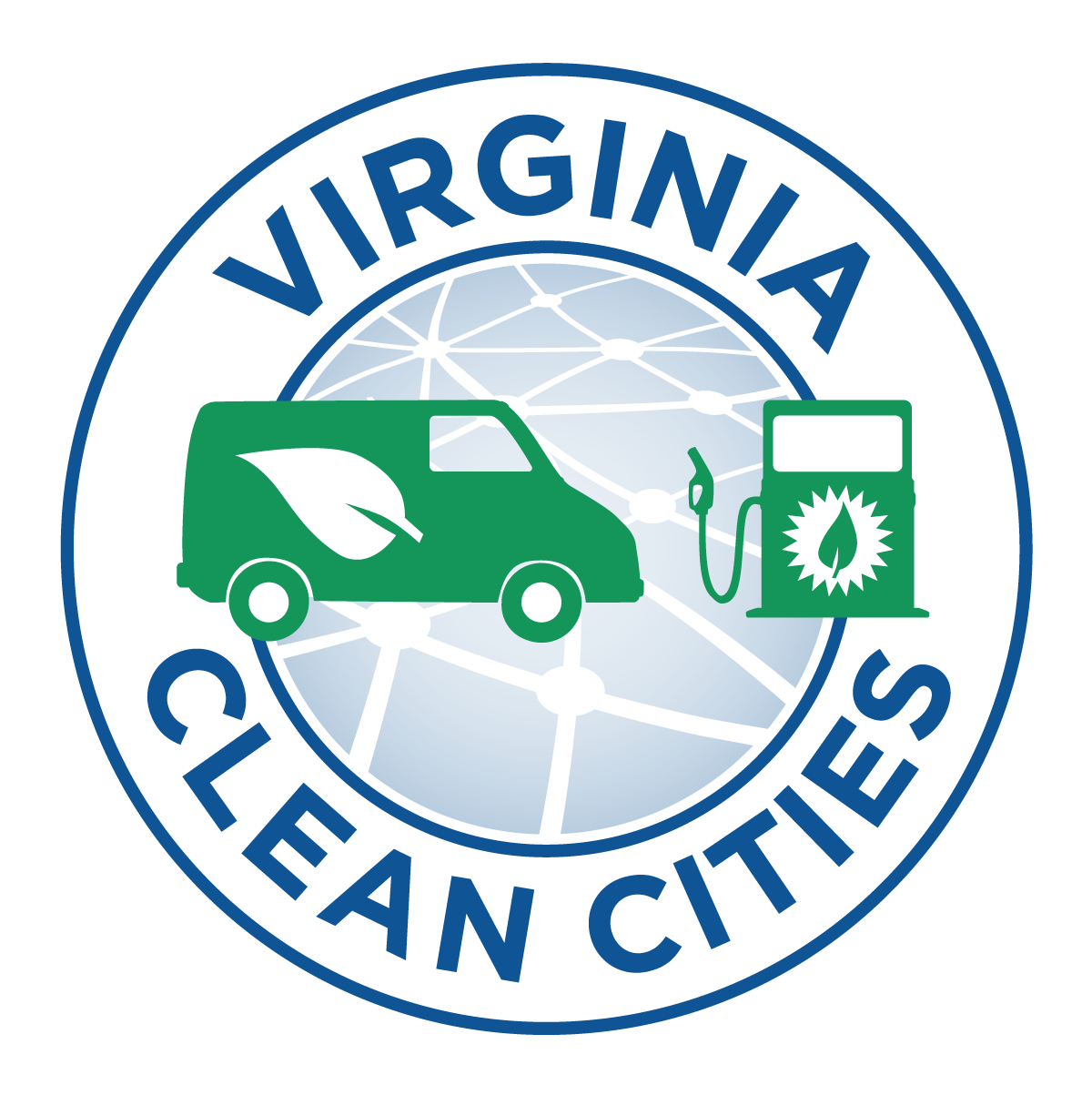Question of the Month: What notable changes to federal alternative fuel conversion regulations resulted from the U.S. Environmental Protection Agency’s (EPA) final rulemaking?
Answer: On March 29, 2011, EPA announced the final rulemaking to adopt changes to the regulations in Title 40 of the Code of Federal Regulations, part 85, subpart F. These regulations apply to manufacturers of alternative fuel conversion systems for light-duty vehicles and heavy-duty highway vehicles and engines. The Clean Air Act prohibits anyone from altering a vehicle or engine from its certified configuration, and EPA is responsible for ensuring that all vehicles and engines sold in the United States meet federal emissions standards. This new approach simplifies and streamlines the process by which alternative fuel conversion systems manufacturers may demonstrate compliance with these emissions requirements and gain a regulatory exemption from potential tampering charges.
Age-based Categories
Previous regulations required all vehicle and engine conversion systems to be covered by a Certificate of Conformity (Certificate) in order to be exempt from federal tampering prohibitions. The amendments are based primarily on EPA’s determination that it is appropriate to treat conversions differently based on the age of the vehicle or engine being converted. All conversion manufacturers seeking an exemption must demonstrate compliance, but the demonstration requirements differ among categories. A summary of each age-based category and the associated compliance requirements is as follows:
New and Relatively New Vehicles and Engines
- Includes vehicles/engines less than about two years old. More specifically, the date of the conversion is in a calendar year that is not more than one year after the original model year of the vehicle/engine.
- Notification and demonstration requirements are very similar to previous practice, including a certification application that includes testing and on-board diagnostics (OBD) requirements. The demonstration requirement for new vehicles/engines is certification.
- EPA issues a Certificate if all requirements are satisfied.
- Once certified, annual recertification is no longer required to maintain the tampering exemption.
Intermediate Age Vehicles and Engines
¬∑ Includes vehicles/engines that are no longer ‚Äúnew and relatively new‚ÄĚ (see above), but still fall within EPA‚Äôs definition of full useful life.
o  The definition of full useful life varies among different vehicle and engine regulations. Useful life is expressed as a threshold age in years, mileage, and/or number of hours of operation.
· Notification and demonstration requirements include testing and data submission to show that the converted vehicle or engine meets applicable emission standards and an OBD scan tool report.
· EPA does not issue a Certificate but will publically list the conversion systems as having satisfied the demonstration and notification requirements.
· Converters of intermediate age vehicles and engines may voluntarily choose to satisfy the new vehicle/engine demonstration requirement (certification) instead of the intermediate age demonstration requirement, in which case they would receive a Certificate.
· Annual recertification is not required to maintain the tampering exemption.
Outside Useful Live Vehicles and Engines
· Includes vehicles/engines that are outside EPA’s definition of useful life.
· Notification and demonstration requirements include submission of a technical description, other information and data, and an OBD scan tool report.
· EPA does not issue a Certificate but will publically list the conversion systems as having satisfied the demonstration and notification requirements.
· Annual recertification is not required to maintain the tampering exemption.
Additional Information
The rule has been published in the Federal Register and is now in effect, as of April 8, 2011.
EPA also finalized several technical amendments related to exhaust and evaporative emissions testing requirements for gaseous-fueled vehicles, in addition to other technical changes to provide consistency and clarity.
Refer to EPA’s Alternative Fuel Conversion website (http://www.epa.gov/otaq/consumer/fuels/altfuels/altfuels.htm) for more information about the regulations, including full text of the final rule, response to comments received on the proposed rule, and compliance information.
